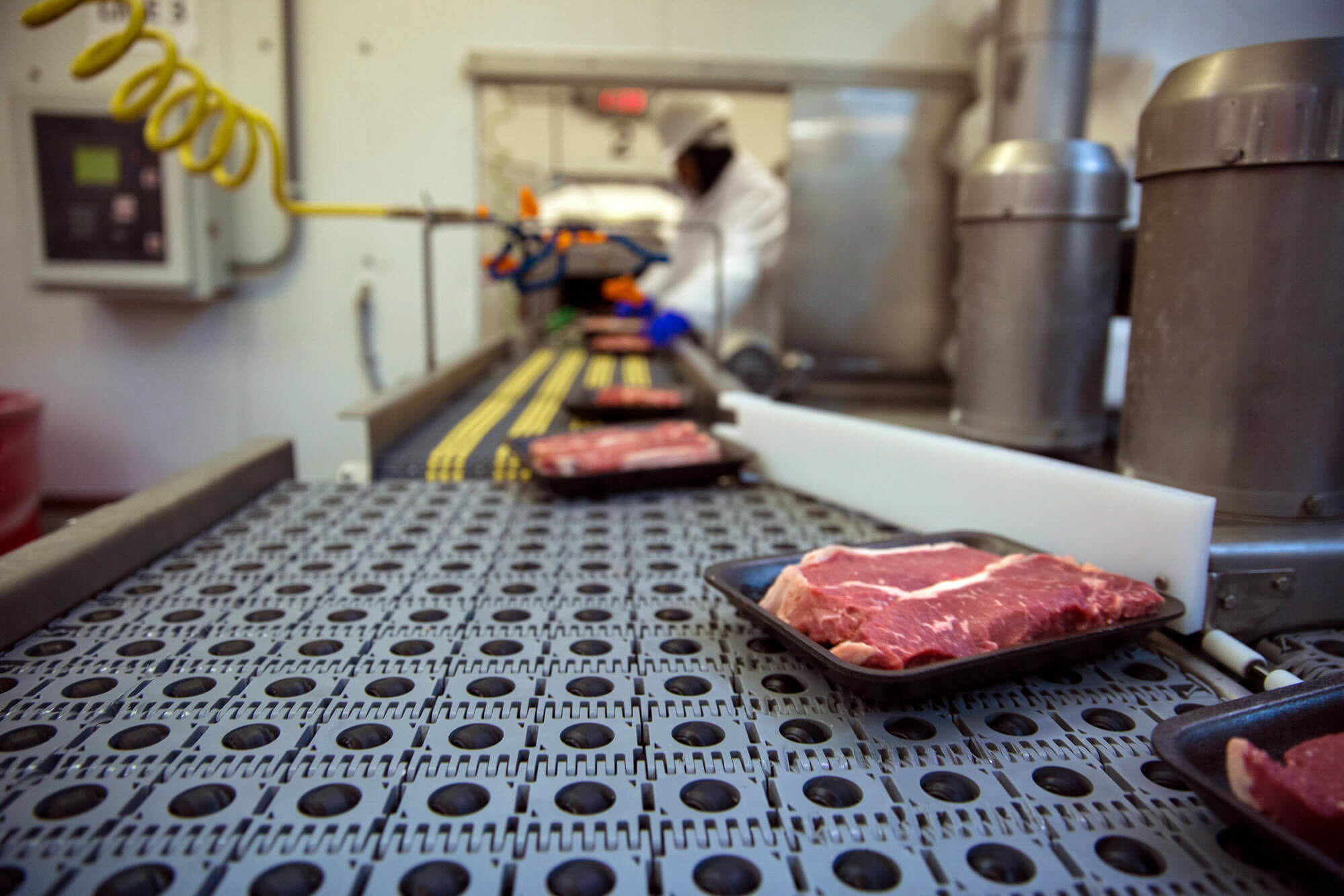Conveying Solutions
CALL US TODAY:
(800) 684-2358
- About
- Products
- Fabrication
- Services & Repairs
- Industries
- Resources
- Contact
- Belt Power Site
 Perhaps more than any other piece of manufacturing and inventory management equipment, conveyor systems have the potential to make workers safer and more productive. When designed and operated efficiently, conveyors streamline the movement of finished products, components, packaging, and more. A conveyor belt malfunction, however, has the potential to throw production floors and warehouses into chaos; bottlenecking workflow, piling up material, damaging valuable inventory, and potentially endangering workers.
Perhaps more than any other piece of manufacturing and inventory management equipment, conveyor systems have the potential to make workers safer and more productive. When designed and operated efficiently, conveyors streamline the movement of finished products, components, packaging, and more. A conveyor belt malfunction, however, has the potential to throw production floors and warehouses into chaos; bottlenecking workflow, piling up material, damaging valuable inventory, and potentially endangering workers.
All organizations strive to keep production humming along and create safe work environments. Ensuring optimal conveyor belt efficiency goes a long way toward achieving those goals. Stalled conveyor belt systems are costly and stressful, so it is vital to do whatever it takes to keep them moving.
Even before your plant goes into operation, considering various factors can positively influence your conveyor efficiency.
Taking the time to inspect your conveyor belts and perform preventative maintenance saves money in the long run and could prevent a major failure that spoils products, puts employees in danger, or causes downtime.
Conveyor systems are integral players in many production, distribution, and supply chain environments. But to reach a conveyor belts full productivity potential, organizations must ensure they are placed and used correctly.
Conveyor belt efficiency and longevity can only be achieved through proper planning and maintenance. Pre-production planning and regular maintenance can seem inconvenient, but in the long run, it will ultimately help prevent halts and downtime in the production process, which translates to higher profits and less wasted time.
Accurate Industrial is committed to helping you make your conveying systems reliable, durable, and efficient. We are extremely passionate about this industry, and all our products and services are led by innovation, quality, and expertise. We continuously rise to solve the toughest production challenges and are available 24/7 to help you from start to finish with all your conveyor belt needs. Contact us today or call (800) 684-2358 to learn more about how to choose, set up, and operate the right conveyor belt system to make your facility the most efficient and productive it can be.
